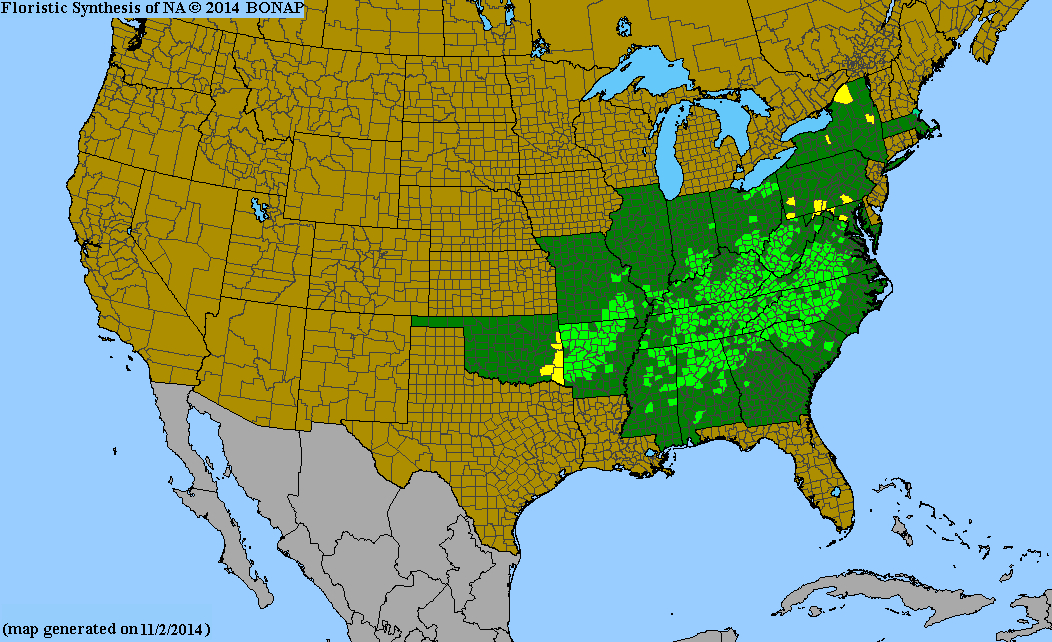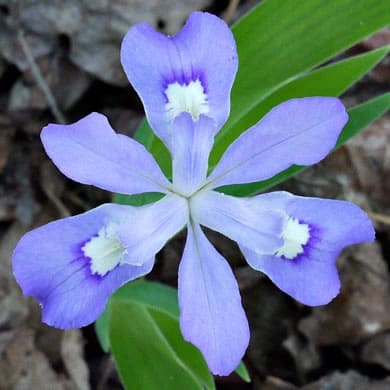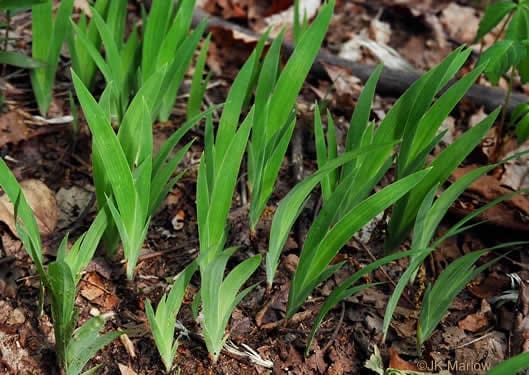Iridaceae
dwarf crested iris
Iris cristata
Synonyms
Evansia cristata
Lophiris cristata
Neubeckia cristata
Other Common Names
crested iris
Plant Type
Herbaceous Wildflower
Life Cycle
Perennial
Typical Size
0.5-0.75 ft. tall
0.5-1.0 ft. wide
Tolerant of
Deer, Drought
Inolerant of
Dry Soil
Propagation
By seed, By division
Plant Propagation Notes
Seeds should be planted immediately after collection in acidic soil. Seedlings take two or three years to produce flowers. Divide in early fall.
Plants/Diseases
Snails and slugs often afflict this species.
Wildlife Benefits
Nectar/pollen source for pollinating insects

USDA Hardiness Zones
3, 4, 5, 6, 7, 8, 9
Light Exposure
Full Sun, Part Sun/Shade
Soil Moisture
Medium, Moist
Soil Drainage
Well-drained
Soil pH
Acidic (less than 6.0), Neutral (6.0-8.0)
Native in South Carolina?
Yes
Plant Native Habitat
Moist forests, rich woods, roadbanks, streambanks.
Global Conservation Status (NatureServe)
Secure (G5)
Federal Conservation Status (USFWS)
Not Listed
Distribution Notes
Common in the SC Mountains and Piedmont, and rare in the Coastal Plain


